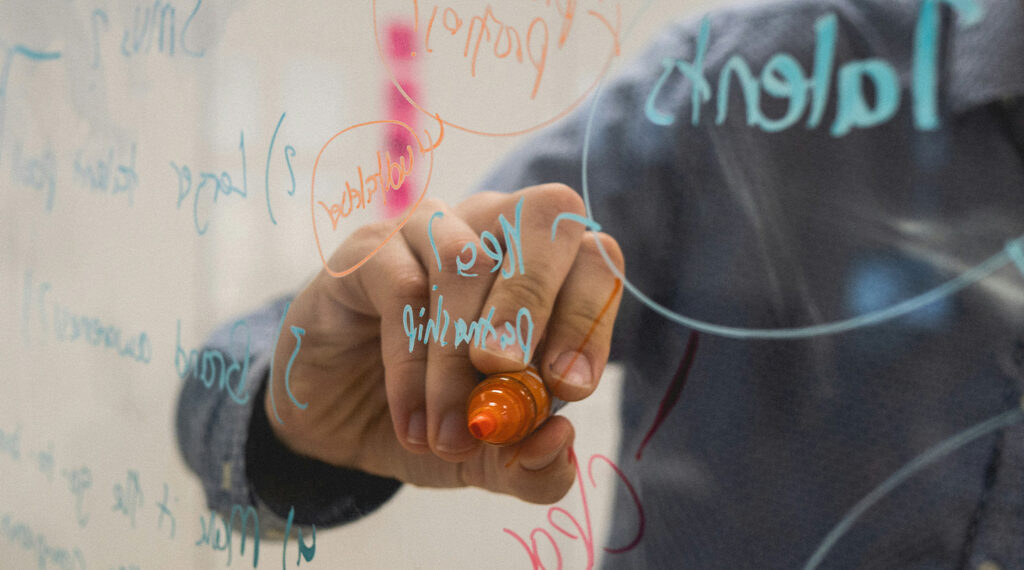Build for people: The unexpected impact dimension of philanthropy

Let’s look beyond the annual giving of €54.5 billion of philanthropic organisations in Europe in support for so many topics that are crucial to advance our societies. If it is the scientific research for and the development of the COVID vaccination, the fight against child labour in Cote d’Ivoire or the transitioning of fossil fuel energy systems to renewable energy systems in currently 19 countries around the globe – in none of these cases would the philanthropic funding alone have had a lasting, societal impact. The real transformational impact arises from the unique catalytic role philanthropy has when partnering up with other foundations, the public sector and/or corporations. An example of where philanthropy has stepped in to work and partner with the public and private sectors to drive transformational and scalable change in with the BuildingLife initiative.
BuildingLife is a built environment innovation programme – run by the World Green Building Council – an NGO with national ‘Green Building Councils’ in over 70 countries around the world, with over 40,000 members across the private sector, public sector and civil society groups – whose collective mission is sustainable buildings for everyone, everywhere. BuildingLife has been funded by Laudes Foundation, IKEA Foundation and the European Climate Foundation since 2021 – with the aim of convening a wide range of the private sector and civil society in 10 European countries, to work in coordination with their national governments and the European Commission, to establish national ‘roadmaps’ aimed at completely decarbonize the building sector – alongside an EU roadmap to set out future policy direction. The countries now involved have expanded to 12 and include Croatia, Czechia, Finland, France, Germany, Hungary, Ireland, Italy, the Netherlands, Poland, Spain and the UK.
The coordination of governments across 10 key European countries, alongside the private sector, city networks, many NGO groups and the European Commission – has resulted in the EU’s central buildings law – being updated to set a carbon limit for the construction and material emissions in all new buildings – by 2030. Philanthropy was uniquely able to support the convening of this wide public – private – civil society coalition – to work across countries and at EU level – and to look beyond current political priorities and available funding – to address this new and important climate issue.
WorldGBC now co-leads the Horizon Europe PPP ‘Built4People’ alongside the European Commission, which is programming around €400m of EU research and innovation funding into Europe’s building sector. With the clarity the roadmaps now provide on the needed actions, this will help shape funding to support real emissions reduction innovations and building projects in the sector – at scale – and aims to leverage a significant amount of private sector and institutional capital alongside this.
IKEA Foundation and Laudes have recently granted a second round of scale-up funding to help ensure the public and private sector can work together to implement the roadmaps and the goals of new EU legislation on the ground in the sector. Various key building sector bodies, including WorldGBC, the Global Alliance for Buildings and Construction, World Resources Institute and more – are now in discussions with philanthropy about to created shared approaches and funding models that enable this work to scale up globally in regions beyond Europe.
Laudes Foundation over the last year supported The Partnering Initiative’s (TPI) PPPPs (public-private-philanthropy partnerships) programme that identified six key roles of philanthropy to activate PPPPs. The research analysed 46 PPPPs around the world (see PPPPs Library) and found philanthropy can inject the activation energy required in six main ways:
- Initiating/convening the partners, taking them through a partnership development process, and potentially coordinating the partnership’s activities, bringing credibility as a connector, and enabling dialogue among partners.
- Co-creating and co-designing PPPPs with public and private partners and, if appropriate, with peer organisations; providing a steady input of energy and momentum.
- Initial and catalytic funding of a PPPP’s set up and running costs (but not the cost of implementing the transformation).
- Capacitating partners to be able to play their roles in the PPPP and accelerating progress with technical assistance. Philanthropy often brings the technical expertise to develop new models and can support partners as they adopt new ways of working.
- De-risking a PPPP for other partners such that it can tackle the most difficult challenges and then reach large scale by mobilising mainstream private sector investors.
- Enabling PPPPs to be able to test and learn through multiple iterations of a solution, and by prototyping innovative ways of working.
This unexpected impact dimension of philanthropy is key for addressing the polycrisis humanity is facing today. There is no other player out there who can unlock systems change at the dimension required to build for people a socially just and environmentally sound future.
Authors


